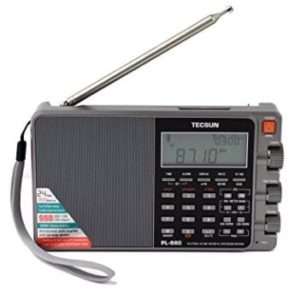FOSS. Anti-Windows. The altruistic search for independence. Snowden. Keep going.
Yes, I spent $$ for British Linux magazines at Barnes & Noble. Yes I installed Ubuntu, Mint, Fedora, Peppermint, et. al.
And the end result. I’m happily back to Windows 10.
Note to Linux community. Any failures, any extra steps, any infighting among the faithful will drive all but the hard-bitten away from Linux in any form.
And the idea that any decent game must depend on Wine is a deal breaker.
I tried. I really did. But Linux just isn’t cutting it for people who want to get on with life and dick around with their OS to get it to behave.



